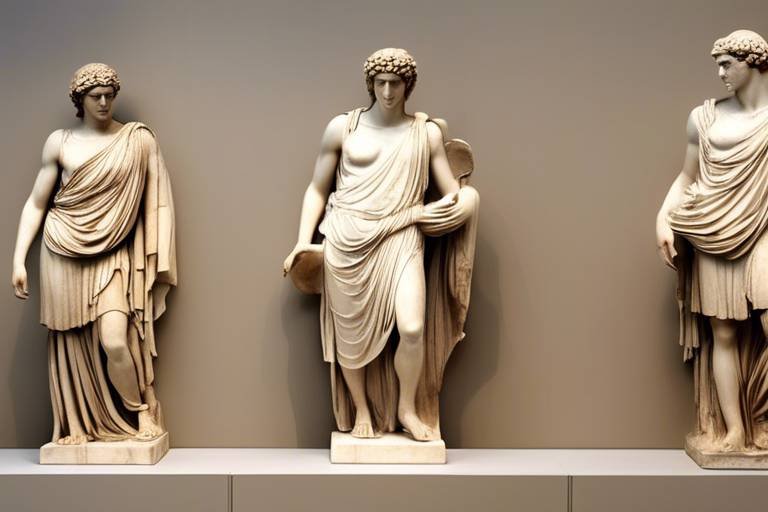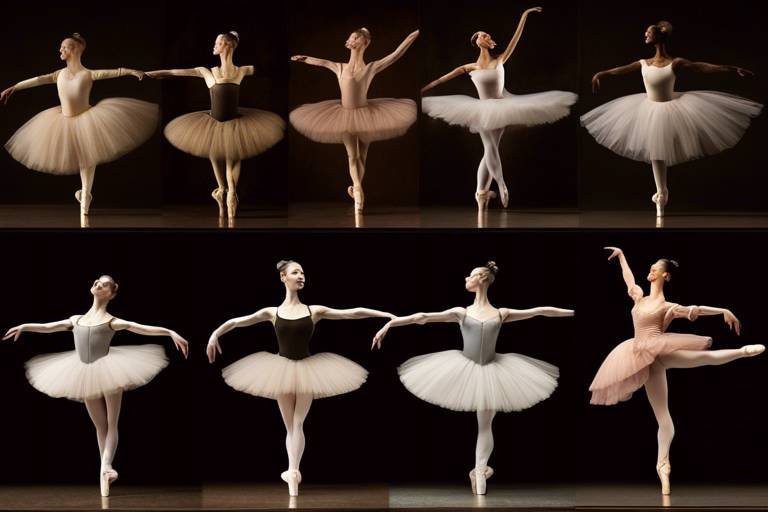Exploring the Traditions of Chinese New Year Art
Chinese New Year, also known as the Spring Festival, is a time of vibrant celebrations deeply rooted in artistic traditions that have been passed down through generations. The art associated with Chinese New Year is rich in symbolism, color, and decorative elements, all of which play a significant role in the festive culture of this auspicious occasion.
Symbolism holds a crucial place in Chinese New Year art, with each symbol carrying profound meanings. The dragon symbolizes power and good fortune, while the phoenix represents rebirth and harmony. Fish symbolizes abundance and prosperity, and the color red, prominently featured in decorations, signifies luck and happiness.
Traditional art forms are integral to the Chinese New Year celebrations, showcasing the country's artistic heritage. From intricate paper cutting to elegant calligraphy, from delicate Chinese painting to the craftsmanship of lantern making, each art form contributes to the visual splendor of the festivities.
The colors used in Chinese New Year art hold significant meanings. Red, the most prevalent color, symbolizes good luck and joy. Gold represents wealth and prosperity, while white conveys purity and cleanliness. These colors come together to create a vibrant and auspicious atmosphere during the New Year celebrations.
Decorative elements play a vital role in Chinese New Year art, with auspicious symbols like the Chinese character for "fortune" and blooming flowers adorning various artworks. Intricate patterns and designs further enhance the beauty and symbolism of the art, adding layers of meaning to the festive decorations.
Across different regions in China, unique artistic traditions and styles emerge during the Lunar New Year celebrations, reflecting the diverse cultural landscape of the country. From intricate embroidery in the south to elaborate paper-cutting in the north, each region adds its own artistic flair to the festivities.
As the world evolves, so does Chinese New Year art, with contemporary artists reinterpreting traditional forms through a modern lens. These artists infuse new techniques and perspectives into their creations, bridging the gap between tradition and innovation while keeping the essence of the festive art alive.
The influence of Chinese New Year art extends far beyond China, inspiring artists and designers worldwide. The vibrant colors, intricate designs, and rich symbolism of Chinese art have found their way into global art and design, fostering cultural exchange and celebrating the diversity of artistic expressions.
Preserving the artistic traditions of Chinese New Year is crucial to ensuring their continuity for future generations. By promoting and safeguarding these traditions, we can uphold the cultural heritage and artistic legacy embedded in the celebrations, allowing people to continue enjoying and appreciating the beauty of Chinese New Year art.

Symbolism in Chinese New Year Art
The symbolism in Chinese New Year art holds a rich tapestry of meanings that reflect the cultural beliefs and traditions of this festive occasion. One of the most prominent symbols is the dragon, representing power, strength, and good luck. The phoenix symbolizes rebirth and renewal, signifying new beginnings and prosperity. Fish are often depicted to symbolize abundance and wealth, as the word for fish in Chinese sounds like "surplus."
Moreover, the color red plays a significant role in Chinese New Year art, symbolizing luck, joy, and prosperity. It is believed to ward off evil spirits and bring good fortune. Gold, on the other hand, represents wealth and prosperity, while white symbolizes purity and new beginnings, creating a harmonious balance of colors in traditional artworks.
These symbols are intricately woven into various art forms such as paper cutting, which involves intricate designs cut from red paper to create decorative motifs. Calligraphy is another revered art form, with auspicious phrases and well wishes often written in elegant brush strokes. Chinese painting captures the beauty of nature and symbolism, while lantern making showcases craftsmanship and creativity.
By understanding the symbolism behind these artistic elements, one can appreciate the depth of meaning and cultural significance embedded in Chinese New Year art. Each symbol and color carries a story and tradition that adds layers of richness to the festive celebrations.
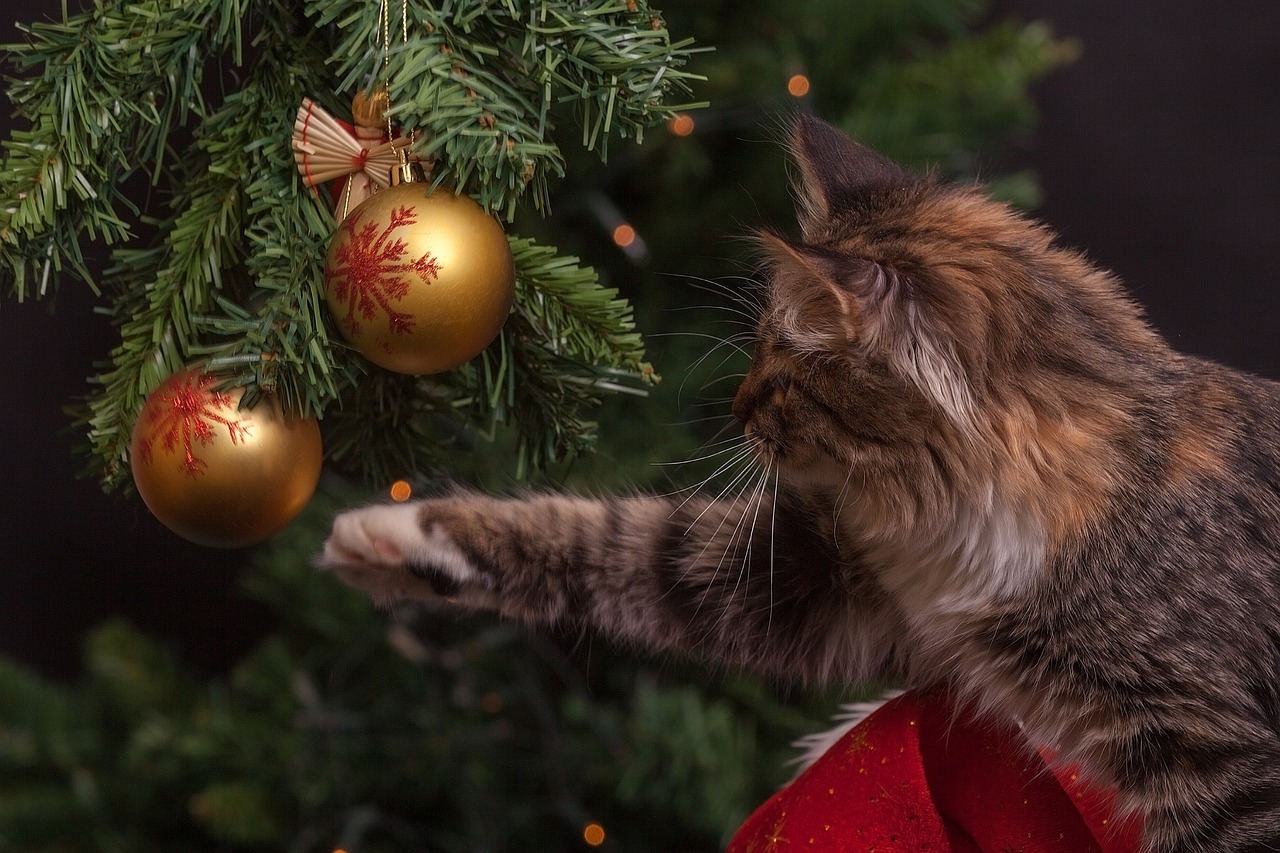
Traditional Art Forms
Traditional art forms play a significant role in the rich tapestry of Chinese New Year celebrations, reflecting centuries-old cultural practices and beliefs. Among the most revered art forms during this festive period are paper cutting, calligraphy, Chinese painting, and lantern making. Each of these art forms carries deep symbolic meanings and serves as a visual representation of the values and traditions upheld during the Lunar New Year.
One of the most intricate and delicate art forms associated with Chinese New Year is paper cutting. This traditional craft involves the meticulous cutting of intricate designs on red paper, symbolizing good luck and prosperity. Paper cuttings are often displayed on windows and doors to ward off evil spirits and welcome blessings into the home. The intricate patterns and designs of paper cuttings showcase the skill and artistry of the craftsmen who create them.
Calligraphy holds a revered status in Chinese culture, and during the New Year celebrations, it takes on added significance. Elegant Chinese characters expressing auspicious phrases and wishes for the coming year are meticulously written on red paper scrolls. The strokes of the brush convey not only the meaning of the words but also the emotion and intent behind them. Calligraphy is seen as a form of artistic expression that embodies the essence of Chinese culture and tradition.
Chinese painting, with its emphasis on harmony, balance, and symbolism, is another traditional art form that is prominently featured during Chinese New Year. Paintings depicting auspicious symbols such as plum blossoms, peonies, and koi fish are believed to bring good fortune and prosperity. The use of vibrant colors and flowing brushstrokes in Chinese painting captures the beauty and vitality of the natural world, evoking a sense of renewal and optimism for the coming year.
Lantern making is a craft that combines artistic creativity with practicality, as lanterns are an essential part of Chinese New Year decorations. Intricately designed lanterns in various shapes and sizes adorn streets, homes, and temples during the festive season, illuminating the night with their warm glow. Lantern making workshops are held to teach the art of crafting these colorful decorations, fostering a sense of community and shared cultural heritage.
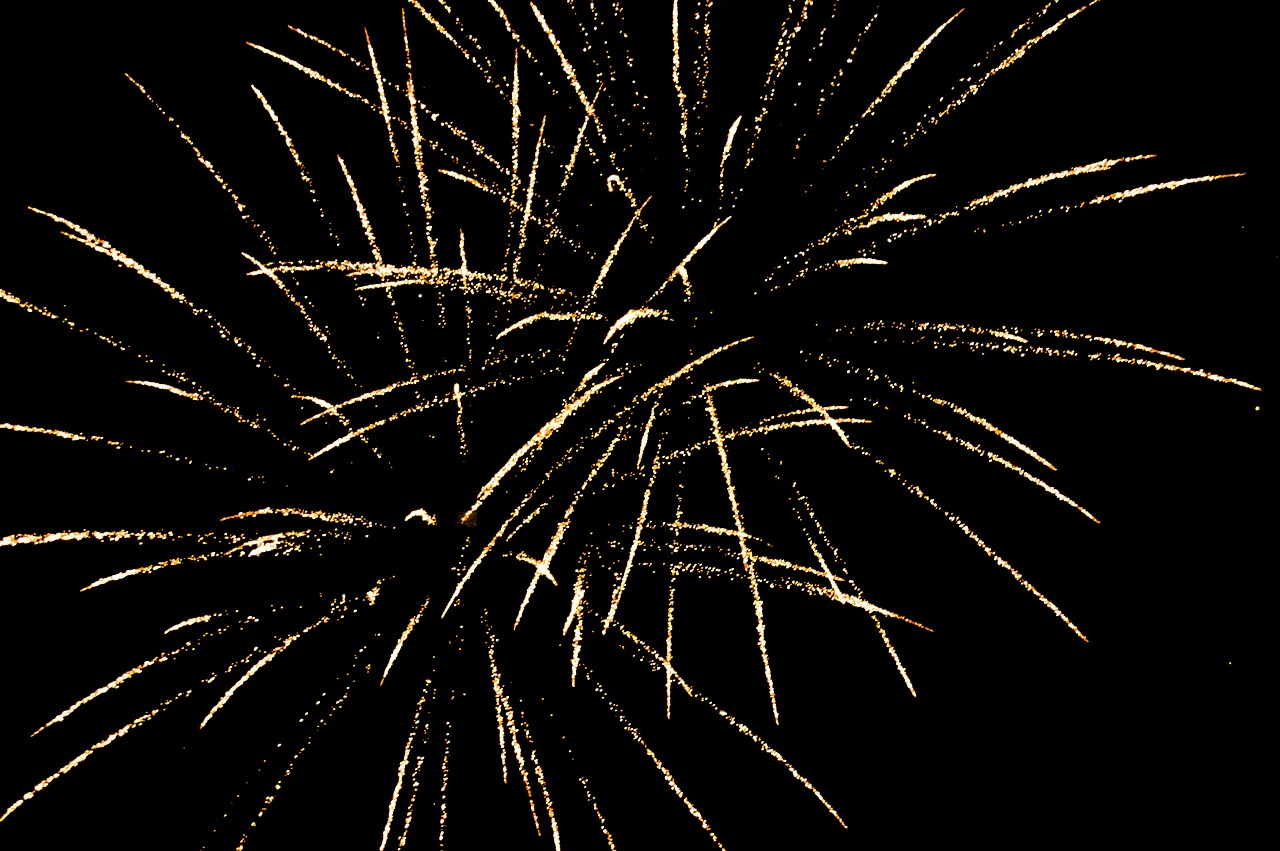
Colors of Celebration
When it comes to Chinese New Year art, colors play a crucial role in conveying symbolic meanings and setting the festive atmosphere. Among the myriad hues that adorn the celebrations, red stands out as the most prominent and auspicious color. In Chinese culture, red symbolizes luck, happiness, and prosperity, making it a staple in New Year decorations and art. It is believed that the color red wards off evil spirits and ushers in good fortune for the coming year.
Another significant color in Chinese New Year art is gold, representing wealth and abundance. Gold is often used in conjunction with red to enhance the overall festive vibe and to attract prosperity and success. The shimmering hue of gold evokes a sense of opulence and luxury, adding a touch of elegance to the traditional decorations.
White, on the other hand, is associated with purity and new beginnings in Chinese culture. While not as commonly used as red and gold, white plays a vital role in balancing the color palette of New Year art. It symbolizes cleanliness, renewal, and the opportunity for a fresh start in the lunar new year.
These colors are not merely decorative elements but carry deep cultural significance and are carefully chosen to convey wishes for a prosperous and harmonious year ahead. The vibrant combination of red, gold, and white infuses Chinese New Year art with energy, joy, and a sense of renewal, creating a visually stunning tapestry that reflects the rich cultural heritage of the festival.
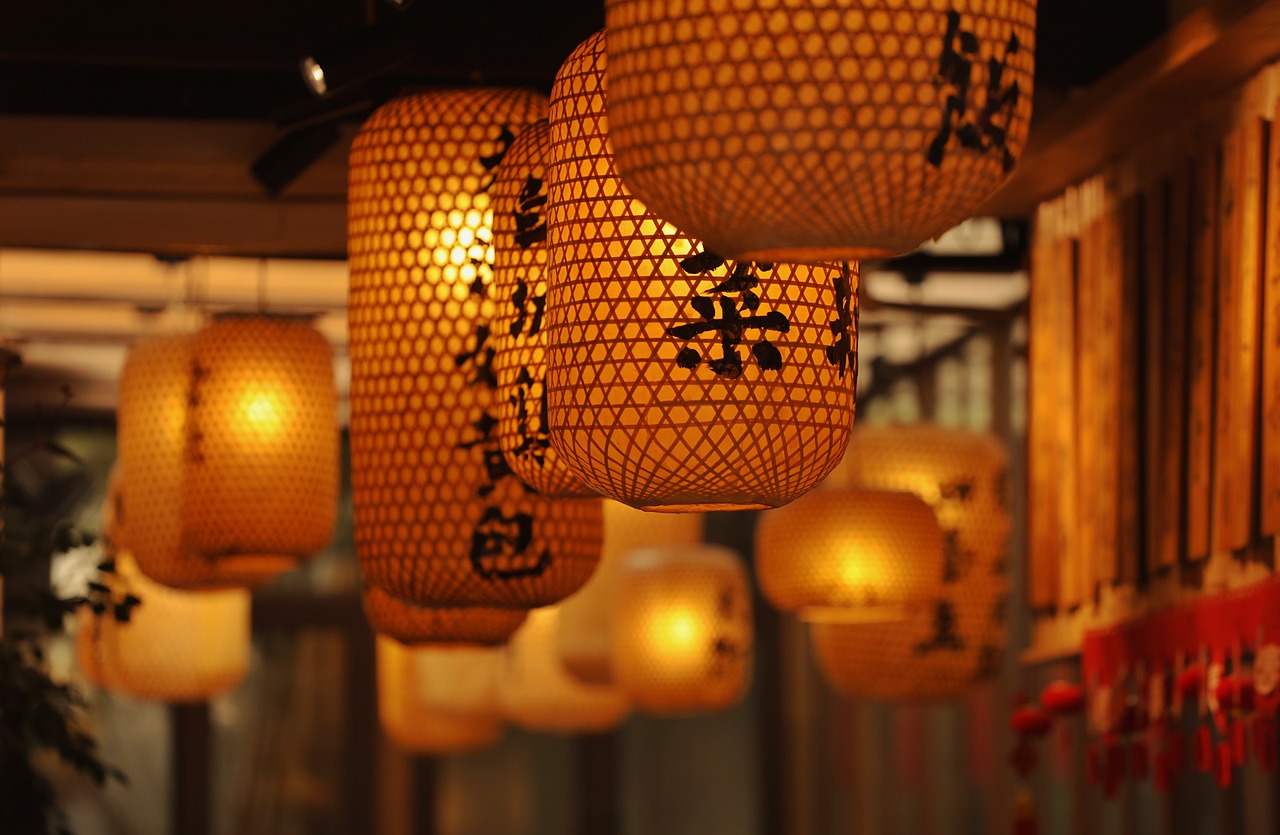
Decorative Elements
When it comes to Chinese New Year art, decorative elements play a crucial role in adding vibrancy and symbolism to the festive celebrations. These elements are not just ornamental but carry deep cultural meanings that enhance the overall aesthetic of the artwork. One of the most prominent decorative elements in Chinese New Year art is the extensive use of auspicious symbols. These symbols, such as the Chinese character for "fortune" (福) and the image of the God of Wealth, are believed to bring luck and prosperity to the household during the new year.
Furthermore, blooming flowers are another common decorative element in Chinese New Year art. Flowers like peonies, orchids, and plum blossoms are often depicted in paintings and embroideries to symbolize beauty, abundance, and good fortune. The intricate patterns seen in traditional Chinese textiles and artworks also serve as decorative elements that showcase the craftsmanship and attention to detail of the artists.
In addition to symbols and flowers, the use of vibrant colors is essential in Chinese New Year art as decorative elements. Red, the most auspicious color in Chinese culture, is prominently featured in decorations to symbolize luck, happiness, and ward off evil spirits. Gold, representing wealth and prosperity, is often paired with red to enhance the festive atmosphere. White, on the other hand, symbolizes purity and is used to bring balance and harmony to the overall design.
Moreover, intricate paper-cut designs are a popular decorative element during Chinese New Year, adorning windows and doors to bring good luck and drive away negativity. These delicate paper-cuttings often depict traditional motifs such as dragons, phoenixes, and fish, adding a touch of whimsy and cultural significance to the festive decorations.
Overall, decorative elements in Chinese New Year art are not merely embellishments but integral components that convey auspicious meanings, cultural values, and artistic expressions. They serve to enrich the visual experience of the celebrations and reflect the deep-rooted traditions and symbolism associated with this auspicious time of the year.

Regional Variations
When it comes to Chinese New Year celebrations, the traditions and artistic expressions vary across different regions of China, each with its own unique style and significance. These regional variations add a rich tapestry of diversity to the overall festivities, showcasing the vast cultural heritage of the country.
In Northern China, the celebration of Chinese New Year often includes the iconic custom of making dumplings together as a family. This tradition symbolizes unity and prosperity for the coming year, with each family member contributing to the preparation of the delicious dumplings filled with various ingredients.
On the other hand, Southern China is known for its vibrant dragon and lion dances during the New Year festivities. These energetic performances are believed to ward off evil spirits and bring good luck to the community. The intricate movements of the dragon and lion dancers captivate audiences and create a sense of joy and excitement.
In the coastal regions of China, such as Guangdong and Fujian, the art of creating intricate and colorful paper-cuttings is a prominent feature of Chinese New Year celebrations. These delicate paper designs often depict auspicious symbols, flowers, and animals, adding a touch of elegance to the festive decorations.
Furthermore, in the western provinces of China, such as Sichuan and Yunnan, traditional opera performances are a common sight during the Lunar New Year. These elaborate theatrical productions combine music, dance, and storytelling to entertain audiences and preserve the cultural heritage of the region.
Overall, the regional variations in Chinese New Year art reflect the diverse cultural landscape of China, showcasing the unique customs and artistic expressions that have been passed down through generations. These traditions not only add depth to the festive celebrations but also serve as a reminder of the rich cultural heritage that defines the essence of Chinese New Year.
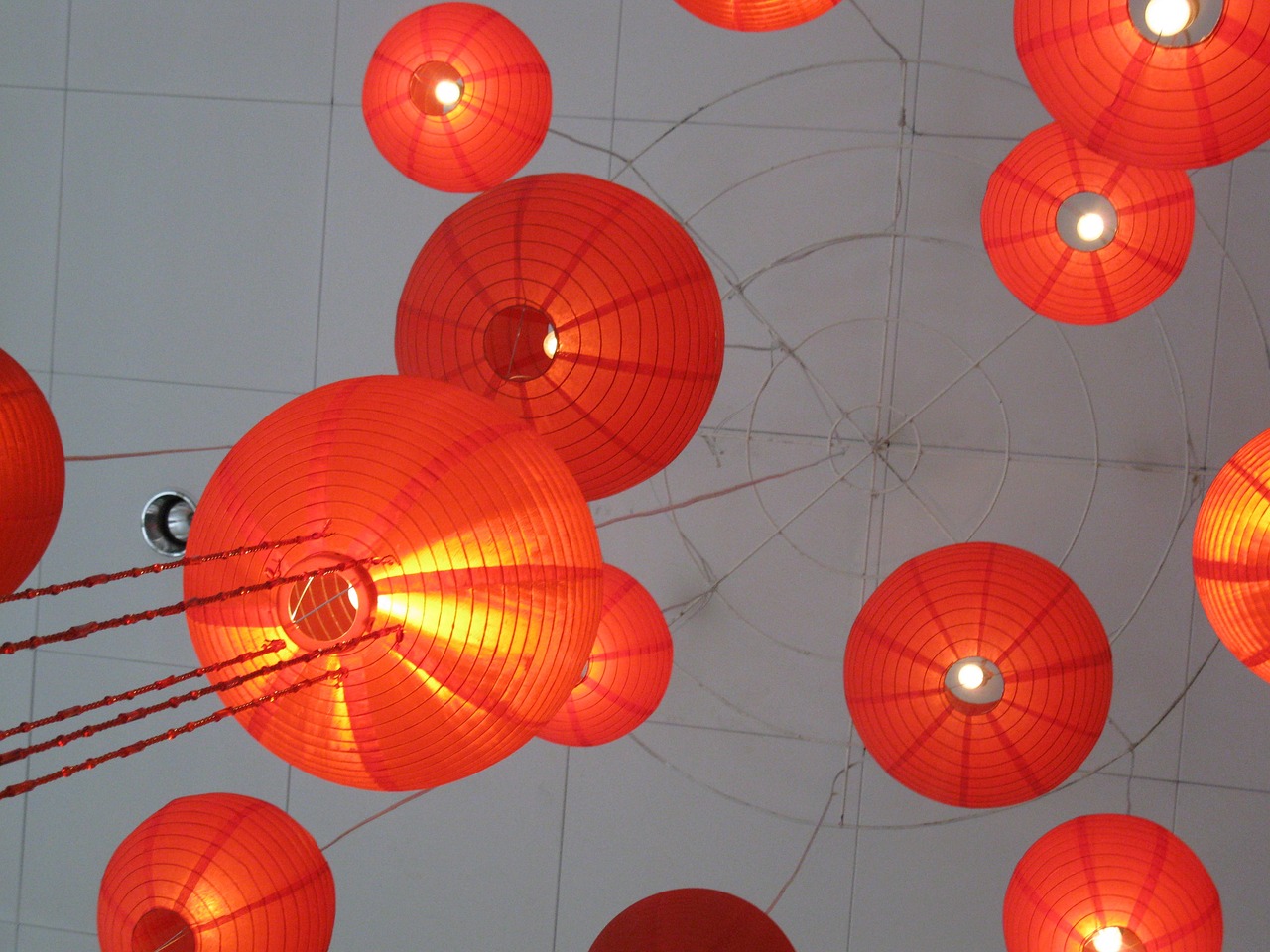
Modern Interpretations
When it comes to of Chinese New Year art, contemporary artists are infusing new life into traditional art forms. By blending age-old techniques with modern aesthetics, these artists are creating captivating pieces that resonate with both the past and the present. Through their innovative approach, they are bridging the gap between tradition and modernity, breathing fresh air into the rich artistic heritage of Chinese New Year celebrations.
One notable trend in modern interpretations is the use of technology to enhance traditional art forms. Artists are incorporating digital tools and techniques to create interactive and multimedia artworks that engage viewers in new and exciting ways. This fusion of tradition and innovation not only attracts younger audiences but also opens up new possibilities for artistic expression.
Moreover, contemporary artists are exploring diverse themes and narratives in their Chinese New Year artworks. They are delving into social issues, cultural identity, and personal stories, adding layers of depth and complexity to their creations. By pushing boundaries and challenging conventions, these artists are reshaping the landscape of Chinese New Year art, offering fresh perspectives and insights into this ancient tradition.
Through their bold experimentation and creative vision, modern artists are redefining the boundaries of Chinese New Year art, infusing it with contemporary relevance and global appeal. Their work serves as a testament to the enduring power of artistic expression and the ability of art to transcend time and culture.

Global Influence
When it comes to the global influence of Chinese New Year art, it's fascinating to see how these traditions have transcended borders and impacted art and design worldwide. The vibrant colors, intricate patterns, and symbolic motifs of Chinese New Year art have captured the interest of people from diverse cultures, leading to a fusion of artistic styles and expressions.
Through the lens of globalization, the artistic traditions of Chinese New Year have not only been embraced but also reinterpreted in unique ways in different parts of the world. From New York to Sydney, London to Tokyo, the spirit of the Lunar New Year is celebrated with parades, exhibitions, and art installations that showcase a blend of traditional Chinese elements with local artistic influences.
One significant aspect of the global influence of Chinese New Year art is how it promotes cultural exchange and understanding. Artists and designers from various backgrounds draw inspiration from Chinese symbolism and aesthetics, incorporating them into their creations to create a sense of unity and appreciation for diverse traditions.
Moreover, the widespread popularity of Chinese New Year art has led to collaborations between artists from different countries, resulting in innovative artworks that reflect a harmonious blend of cultural heritage and contemporary expression. These collaborations not only enrich the artistic landscape but also foster mutual respect and admiration for each other's artistic legacies.
Overall, the global influence of Chinese New Year art serves as a testament to the power of art in bridging cultural divides and fostering a sense of shared humanity. As we continue to celebrate the beauty and richness of these artistic traditions on a global scale, we uphold the values of diversity, creativity, and mutual respect that lie at the heart of cultural exchange.

Preservation Efforts
Preserving the rich artistic traditions of Chinese New Year is crucial to maintaining the cultural heritage and identity of the festival. Efforts to safeguard these traditions involve a multi-faceted approach that includes documentation, education, and promotion. By documenting the various art forms, symbols, and practices associated with Chinese New Year, future generations can learn about and appreciate their significance. Educational initiatives aimed at teaching traditional art techniques ensure that the skills and knowledge are passed down to younger artists and enthusiasts.
Furthermore, promoting the artistic traditions of Chinese New Year through exhibitions, workshops, and cultural events helps raise awareness and interest in these unique forms of art. Collaborations between artists, cultural institutions, and government bodies play a vital role in supporting and showcasing traditional Chinese New Year art. By fostering a sense of pride and appreciation for these artistic traditions, preservation efforts can ensure their continued relevance and vitality in contemporary society.
Preservation efforts also extend to the conservation of historical artifacts and artworks related to Chinese New Year celebrations. Museums and heritage organizations work diligently to protect and restore valuable pieces that embody the essence of the festival. Through careful curation and restoration, these institutions help safeguard the tangible aspects of Chinese New Year art for future generations to admire and study.
Additionally, initiatives aimed at promoting cultural exchange and cross-cultural dialogue play a crucial role in preserving the artistic traditions of Chinese New Year. By sharing these traditions with a global audience, individuals from diverse backgrounds can appreciate the beauty and significance of Chinese New Year art. This exchange of ideas and practices not only enriches the cultural landscape but also fosters mutual understanding and respect among different communities.
Frequently Asked Questions
- What are the traditional colors associated with Chinese New Year art?
The traditional colors associated with Chinese New Year art are red, gold, and white. Red symbolizes luck and happiness, gold represents wealth and prosperity, while white symbolizes purity and new beginnings.
- What are some common symbols used in Chinese New Year art?
Common symbols used in Chinese New Year art include the dragon, phoenix, fish, blooming flowers, and various auspicious symbols representing good fortune, longevity, and prosperity.
- How do different regions in China celebrate Chinese New Year artistically?
Different regions in China have their own unique artistic traditions when celebrating Chinese New Year. For example, in northern China, people often make intricate paper cuttings, while in southern China, vibrant lantern festivals are a common artistic expression of the festival.
- What is the significance of preserving the artistic traditions of Chinese New Year?
Preserving the artistic traditions of Chinese New Year is important to ensure the continuation of cultural heritage and to pass down these rich traditions to future generations. It helps maintain cultural identity and fosters a sense of community and belonging.




